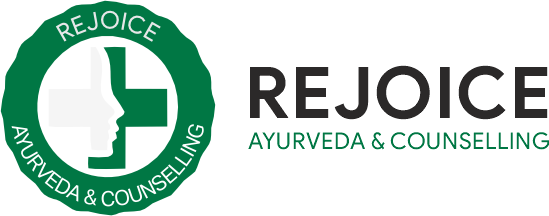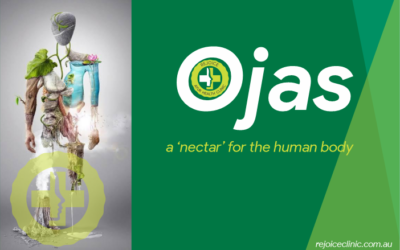Cervical Spondylosis
Ayurveda Clinic in Melbourne, Truganina
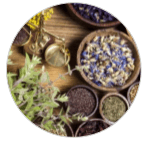
Ayurveda Melbourne
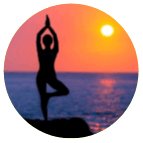
Counselling

Wellness Program
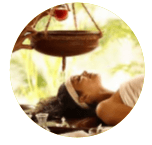
Ayurveda Treatment

Alternative Medicine
Cervical Spondylosis
It is a general term for age-related wear and tear affecting the spinal disks in your neck. As the disks dehydrate and shrink, bone spurs and other signs of osteoarthritis develop. It’s very common and worsens with age. Cervical Spondylosis is a kind of Arthritis that affects cervical vertebrae and is characterised by pain at the back of the neck (radiating towards the upper limbs) and vertigo while bending downwards. There might be sensory loss and numbness in the upper limbs. There are some degenerative changes in the cervical vertebrae. This, when coupled with trauma or incorrect posture while sitting or sleeping leads to the manifestation of Cervical Spondylosis. It is a health complaint which is increasing day by day in the young adults.
According to Ayurveda the Vata, the principle of movement is the predominant function with the skeleto-muscular system and the nervous system. Problems relating to these systems are predominantly caused by vitiated Vata. Vatavyadhis comes under a group of diseases which manifest by dhatu-kshaya or margavarana and those are classified according to hetu, sthana and lakshana. In the classification of dhatukshayajanya vatavyadhis, many degenerative conditions are considered. Cervical spondylosis can be considered one among them and can be compared with ‘Vishwachi’. The neck bone structure consists of bones stacked one over the other with sandwich of disc cartilage in between. The triangular – circular aperture within these neck bones (cervical bones) paves way for the nerves from the brain to pass through. The branches of these nerves (nerve roots) arising from through the back and sides of these bones form plexus (merge and divide) and form different nerves. This complex arrangement of nerves is called cervical plexus. These nerves spread on the sides to supply to neck, face, back of the head, ears, shoulder and the full length of the arms.
Hernia of the Disc – Slipped Disc
It is more commonly found in males of middle age group. People who are under exertion, frequent travellers and weight lifting can end up with trauma on neck bones, leading to spondylosis. Increase in Vata leads to depletion of body tissues. (For example, with ageing Vata increases and body tissues start degenerating.) The dryness and degeneration caused by Vata leads to decrease of Kapha Dosha. Sleshaka Kapha is responsible for cushioning in between bone joints. Hence disc degeneration sets in leading to spondylosis.
Causes of Cervical Spondylosis:
As you get aged, the bones and cartilage that make up your backbone and neck gradually develop wear and tear. These changes may include:
- Herniated disks – Age also affects the exterior of your spinal disks. Cracks often appear, leading to bulging or herniated disks — which sometimes can press on the spinal cord and nerve roots.
- Dehydrated disks – Disks act like cushions between the vertebrae of your spine. By the age of 40, most people’s spinal disks begin drying out and shrinking, which allows more bone-on-bone contact between the vertebrae.
- Bone spurs – Disk degeneration often results in the spine producing extra amounts of bone, sometimes called bone spurs, in a misguided effort to shore up the spine’s strength. These bone spurs can sometimes pinch the spinal cord and nerve roots.
- Stiff ligaments – Ligaments are cords of tissue that connect bone to bone. Increasing age can make spinal ligaments stiffen and calcify, making your neck less flexible.
- OTHER CAUSES: Intake of dry, cold/ frozen, light and untimely intake of food
- Fasting for long period leads to depleted nourishment and increase of Vata Dosha.
- Junk food, prepared preserved food and cold-drinks
- Less intake of water/liquids
- Walking for long distances
- Having more of sour, bitter, and astringent foods
- Late night work schedules
- Smoking, Stress and Insomnia,
- Heavy exercises or completely lack of exercises
- Suppression of the urges
- Weight bearing in the head, shoulder or neck
- Bike riding for long distances
- Bad posture sitting habits
- Stress, Fear, Grief, Anger,Loss of interest in work etc
- Lifestyle involving overindulgence in physical, mental, and sexual activities.
